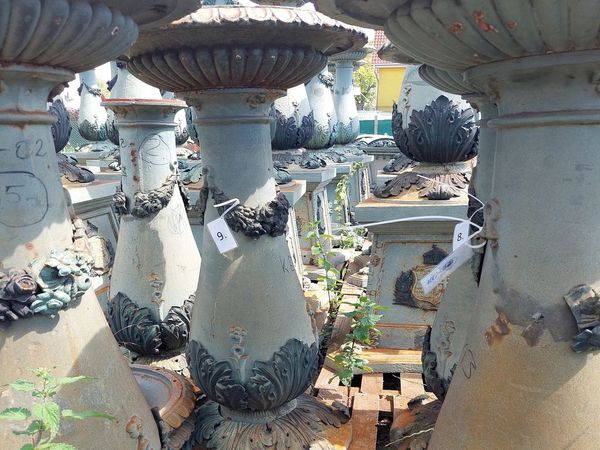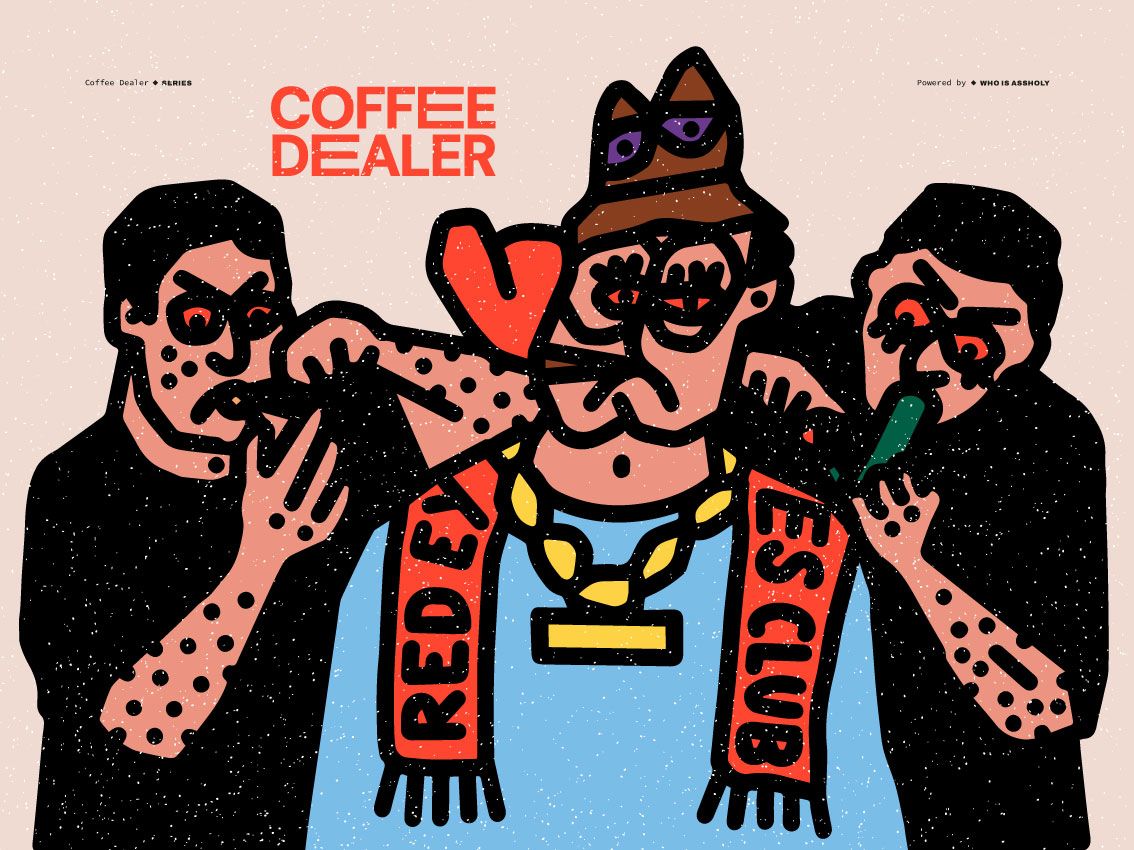Tomasz Pieñczak is a Polish illustrator and art director who has worked with companies such as Volkswagen, DHL, and Ibis Hotel, but has also produced work for a number of Polish clients, including Szosa bicycle magazine in Wrocław and the printing house Drukomat. We asked Tomasz about his daily routine, inspiration, tools, and working methods.

What drew you to graphics and illustrations, when did you start to deal with them?
After my childhood fascination with building LEGO bricks, drawing, and painting graffiti, my hands stumbled upon albums filled with logos and posters. I quickly compared them to what I associated with the streets and the world of advertising surrounding me. Initially, computer graphics didn’t appeal to me, and they didn’t seem as noble as traditional art forms. However, I grew fond of the simple, minimalist, and sterile form found in posters, which I began to create using vector graphics. I became fascinated with creating a visual language based on simple forms and messages that carried a broader meaning. It was about hitting the mark and staying on point, without diluting the essence—minimum form, maximum content. Interestingly, at the age of six, I created my first simple animation, which I implemented on an Amiga 500 computer using vector-like shapes.
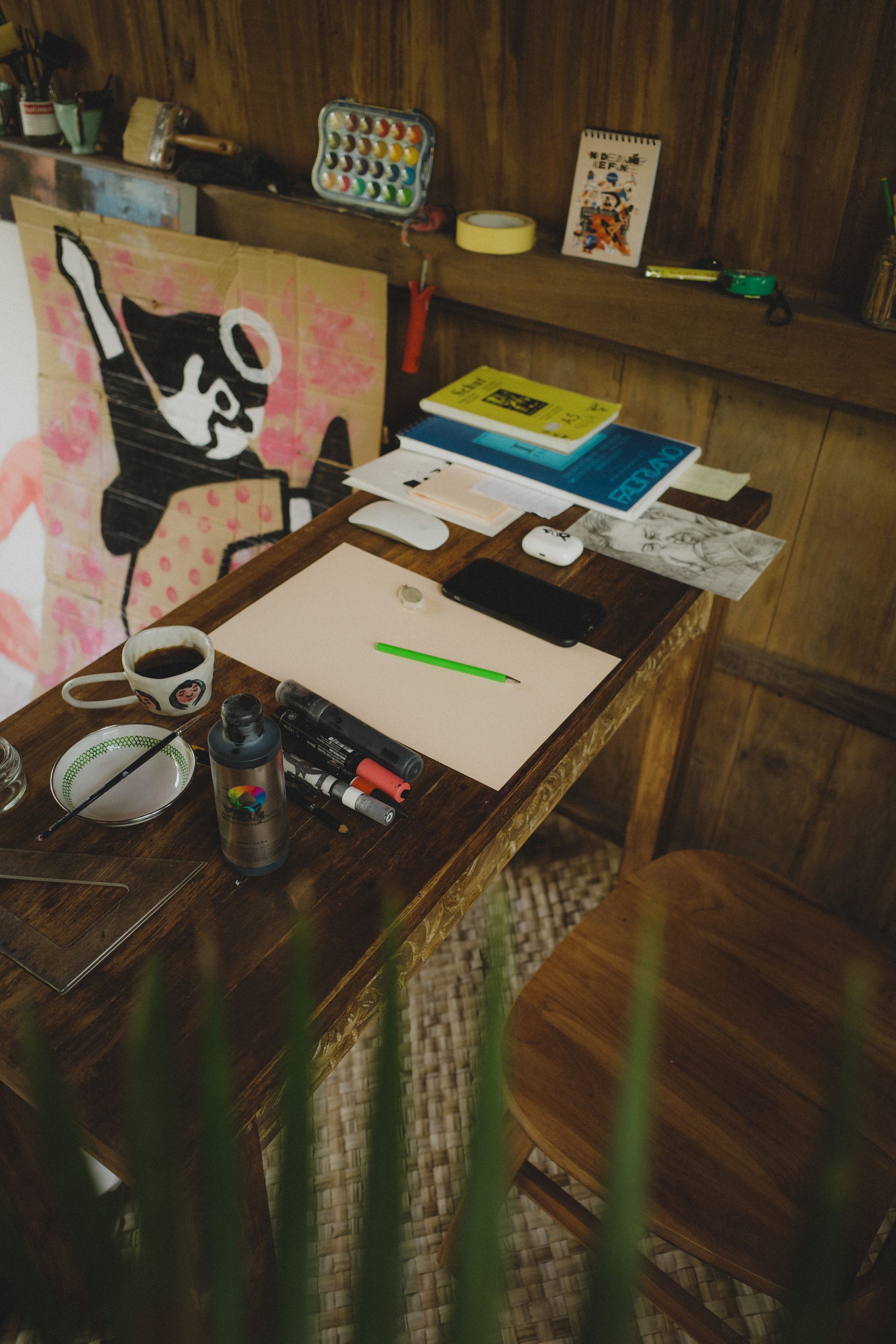
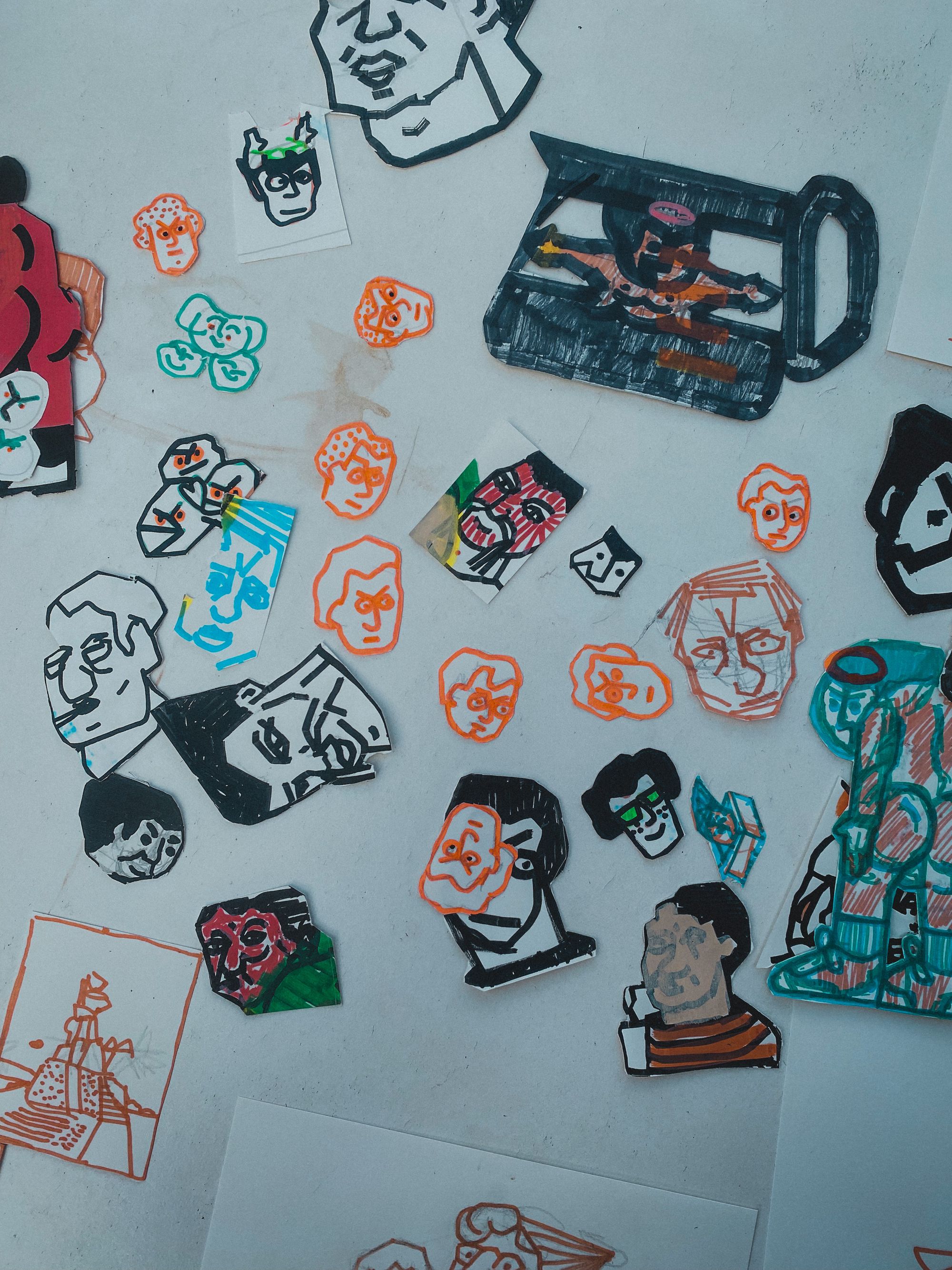
What does your day look like?
I start my day early, rising with the sun, getting myself together, exercising, and then meditating. It’s a fantastic starter pack for a productive day. I write in my journal, jotting down my emotions, read, and learn something new. I challenge myself, delve into topics and subjects to stimulate my brain, and derive more from life. The feeling of progress in simple, non-work-related matters is incredibly gratifying. As part of my ritual, I brew a cup of coffee, grab my tools, and work on something that fascinates me that day or engage in a visual exercise. I continue this routine until around 12-1 PM when I begin my light and nourishing meal block with breakfast. Then work begins, and I dive into projects and tasks with time constraints. I try to divide my responsibilities in a way that allows me to accomplish as much work as possible within a specific category on a given day. For example, I work in blocks, so one day I handle email matters for Project X, another day I focus solely on Project Y, and on the remaining days, I dedicate myself to drawing and disconnect from the outside world.
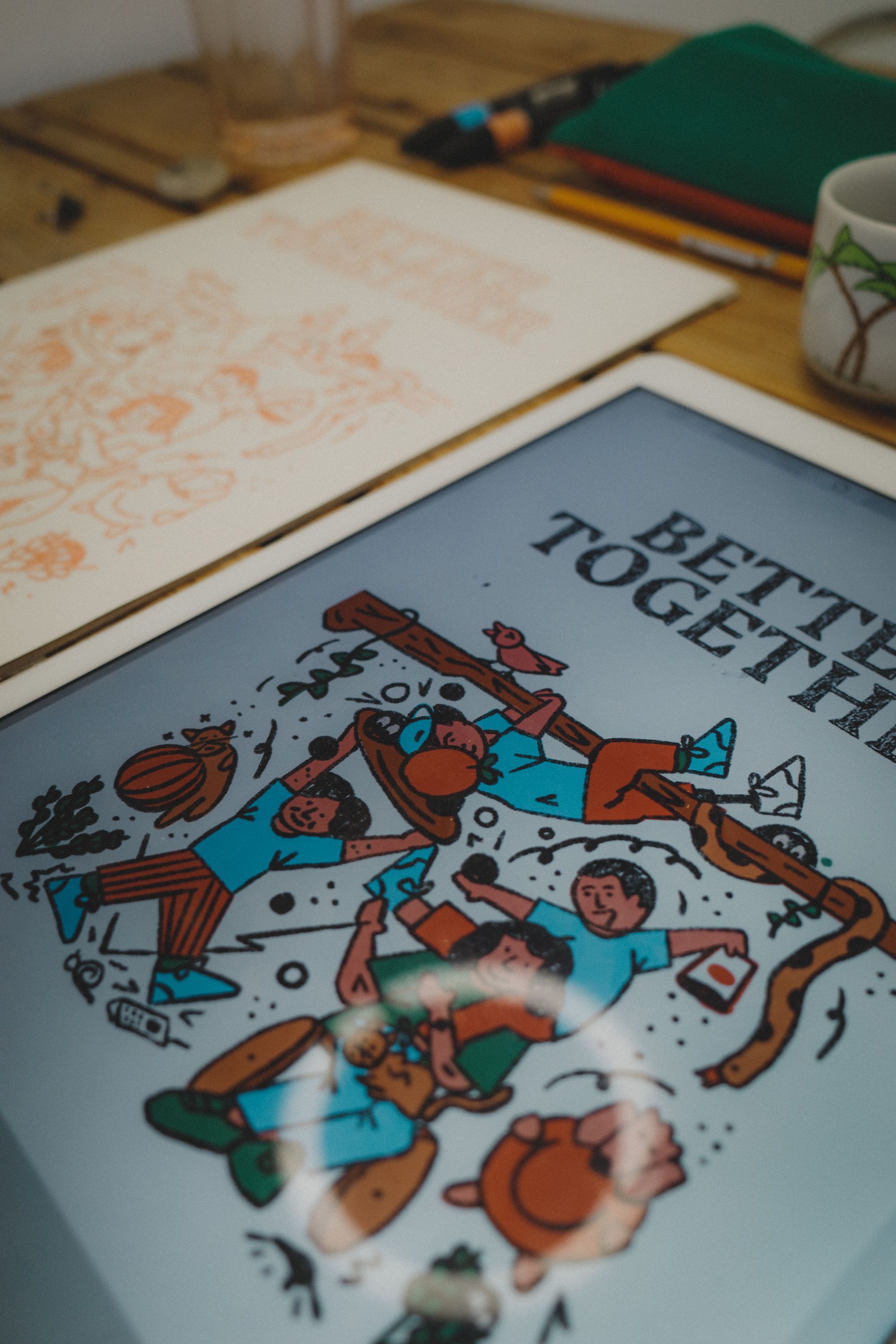
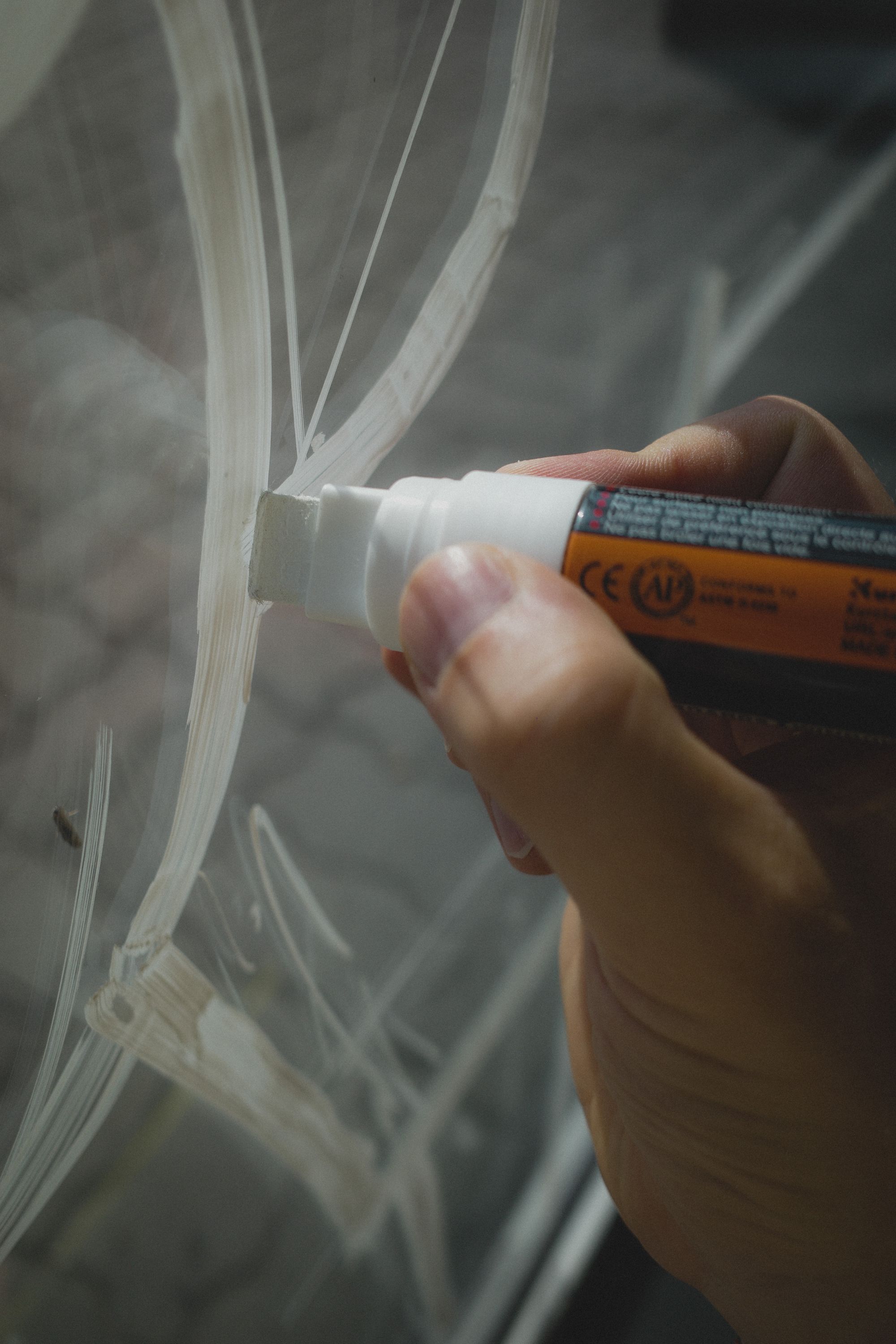
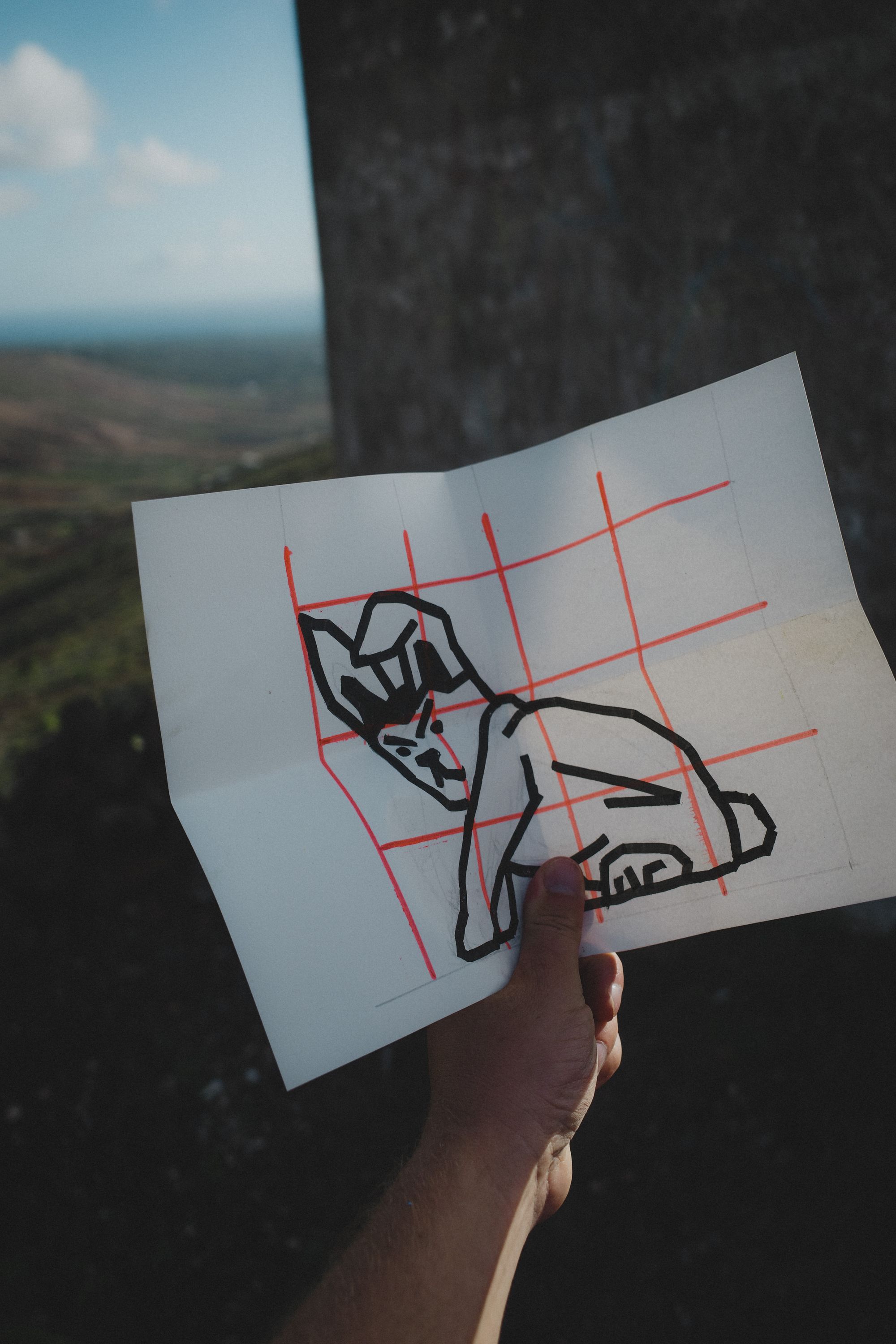
Do you use digital or analog tools for your work, or mix the two?
It depends on my mood, what I want to achieve, and the task at hand. The most versatile toolkit for me is a pencil + marker, and this duo has always appeared in my work. I also add pens or paints, and sometimes colored pencils. This way, I paint and draw on everything: sketchbooks, sheets of paper, glass, canvas, and walls. Occasionally, I enjoy carving linocuts with a gouge, as it brings me a sense of calm and tranquility. In the digital world, I prepare illustrations in Illustrator, where I have developed a high skill level in working with a touchpad. I also occasionally work on an iPad. In the digital realm, I use simple tools that mimic pencils or markers. I don’t use fancy brushes as they disrupt my process and don’t translate well into reality. Occasionally, I create raster-based work in Photoshop, where I edit scans, create mock-ups, or visualize projects. Currently, I can also include my phone in the digital toolset, using it for recording and editing videos. And of course, my beloved Ricoh camera, which I use to capture moments of my often intense and busy life, taking photos for my “personal archive”.
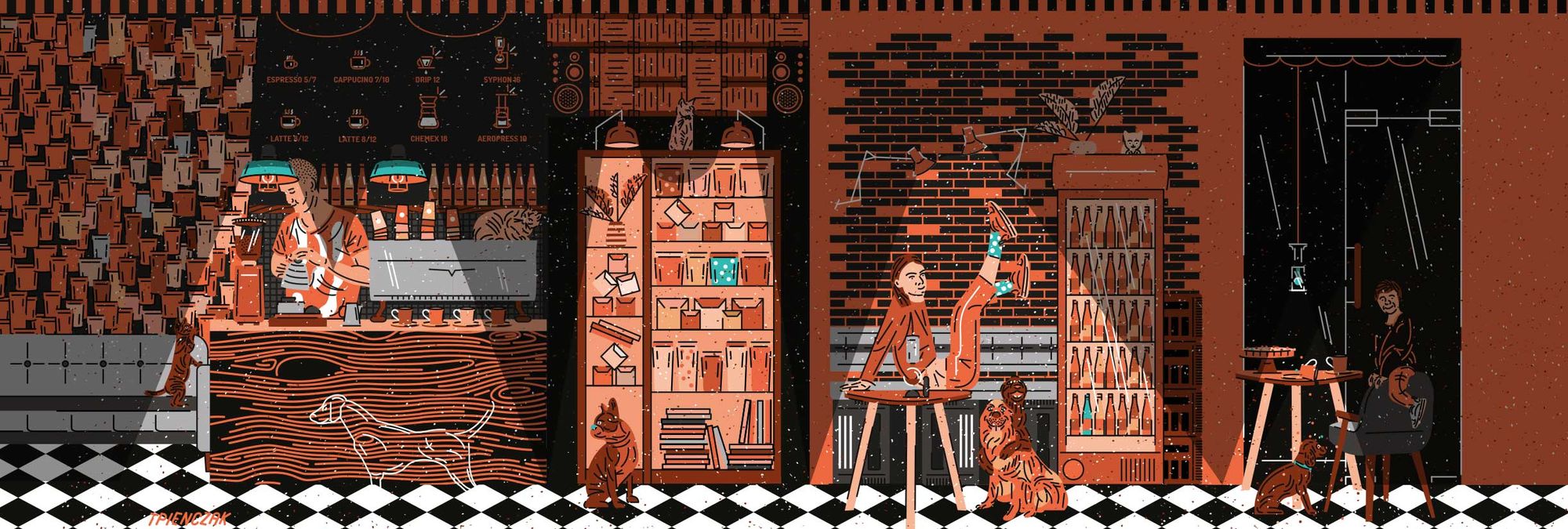
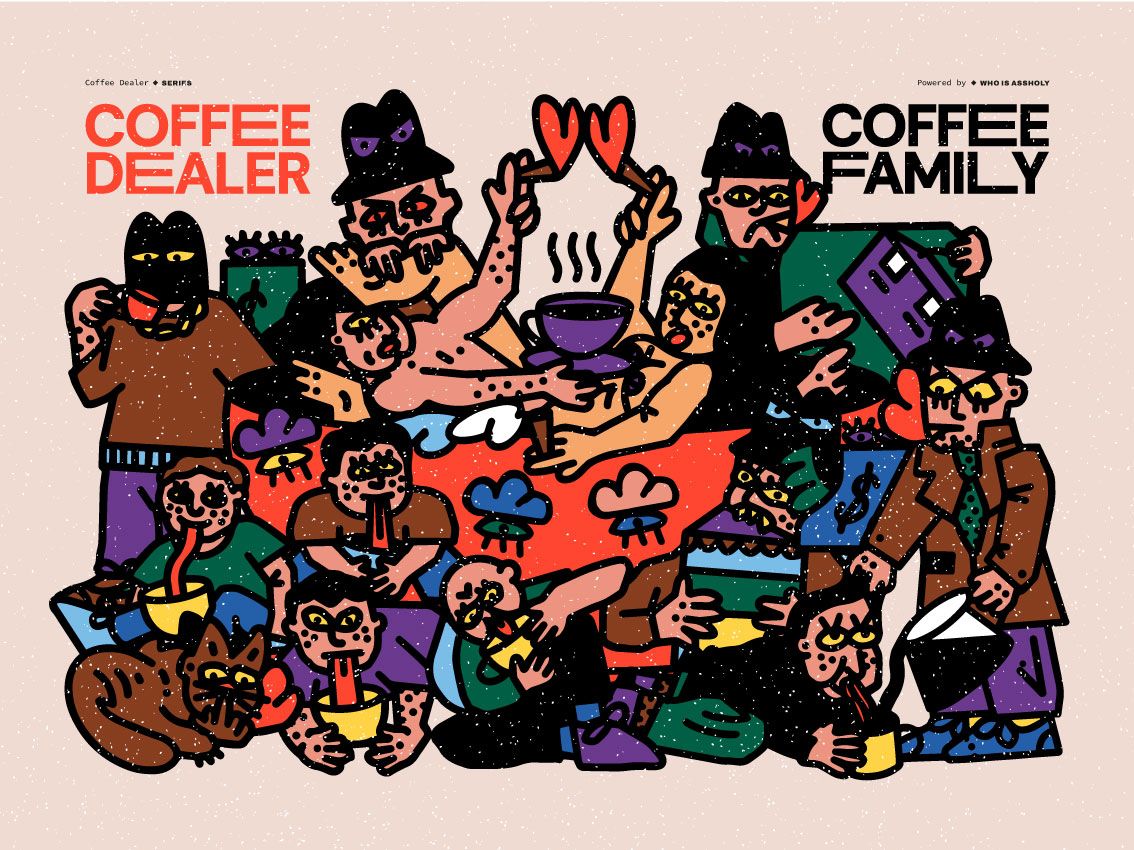

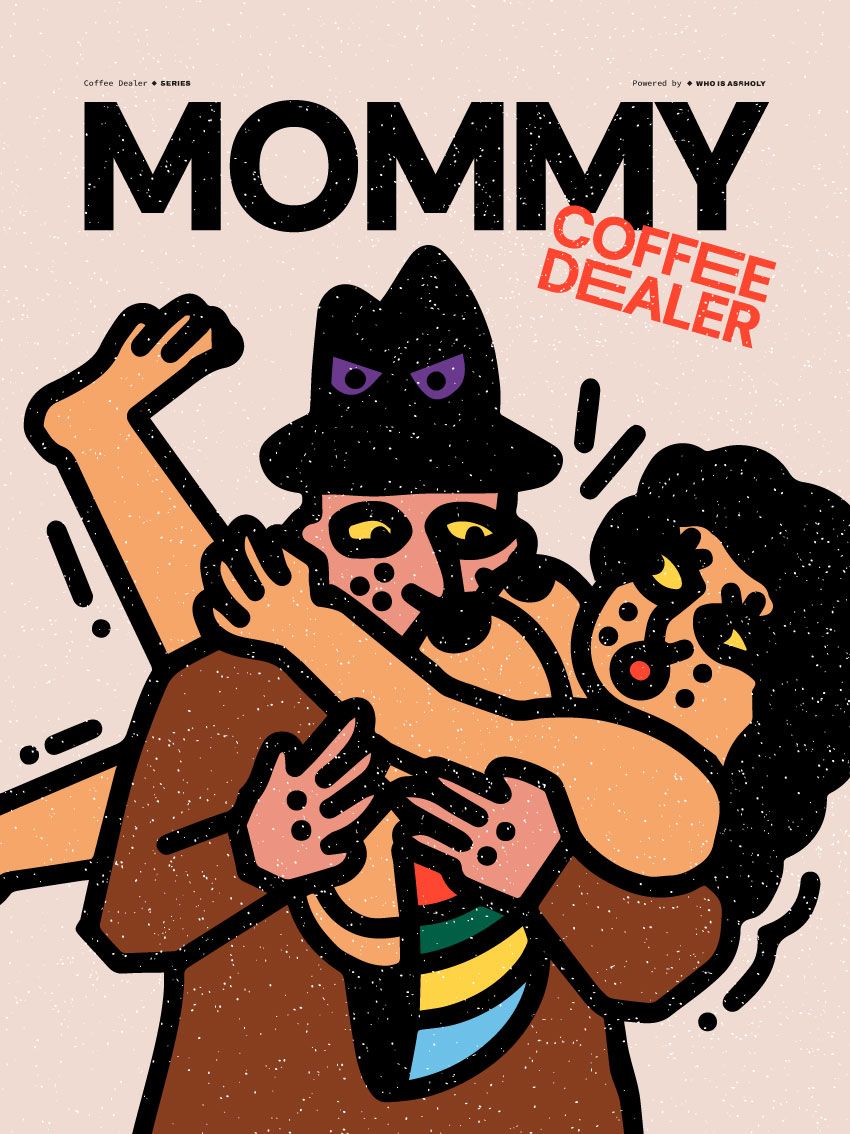
You make murals, apparel, posters, illustrate books, magazines, discs, etc. All these are various mediums that require different thinking and imagination. Is it easy for you to change between these?
I enjoy having choices and being aware that switching between mediums comes relatively easily to me. Changing the medium adds variety to the process and divides it into things I have done many times before and those I do occasionally. As a result, there are always challenges and situations in my work where I have to confront unexpected circumstances.
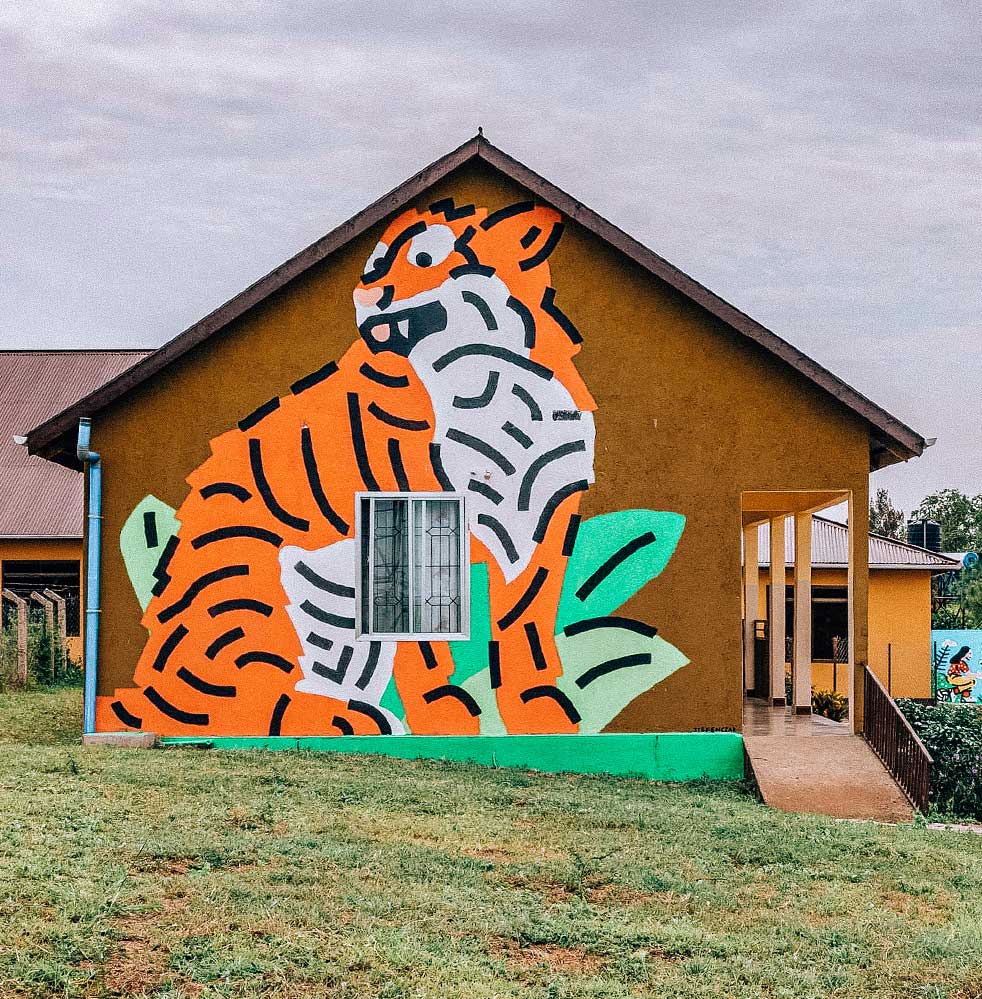
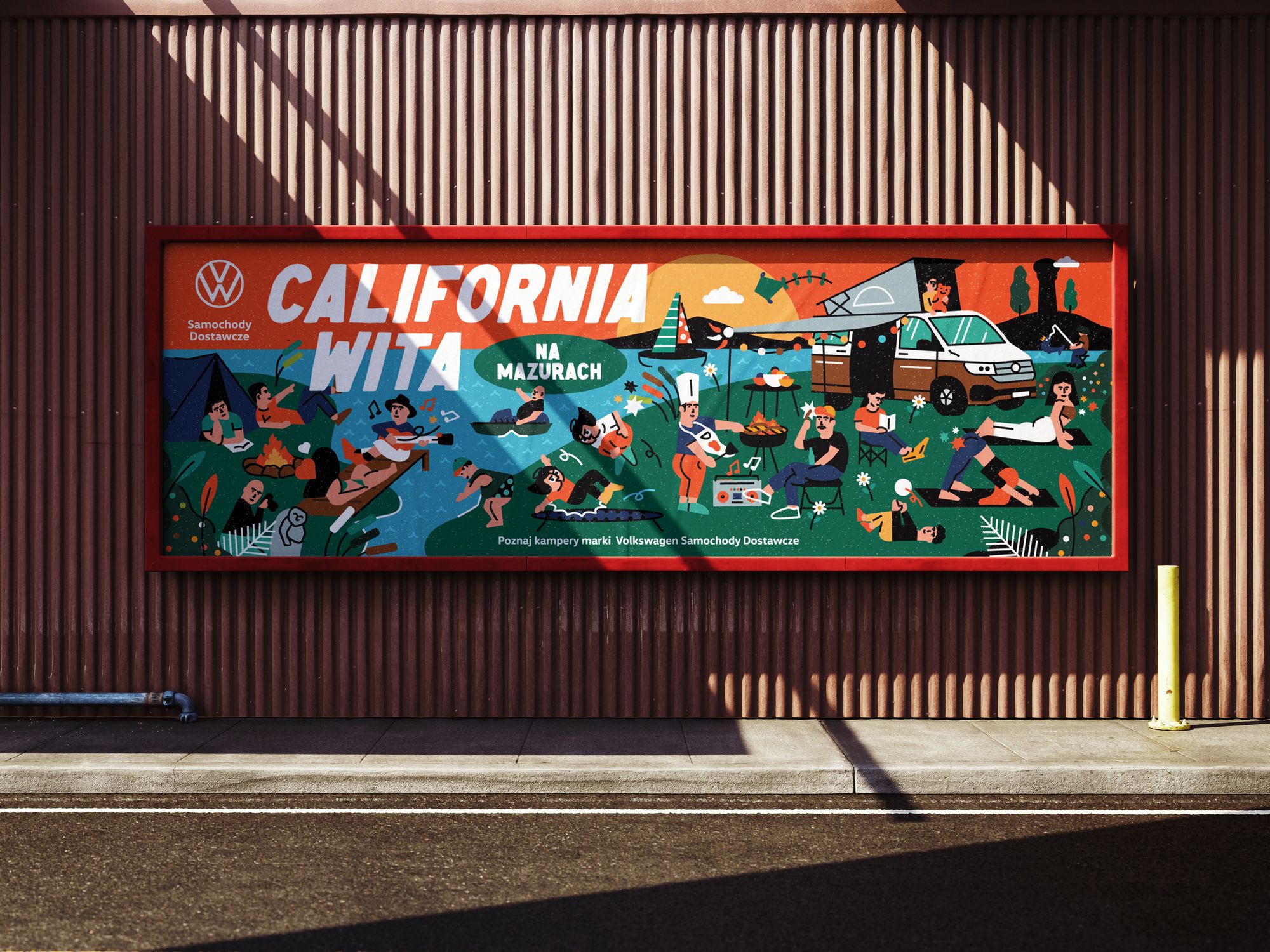

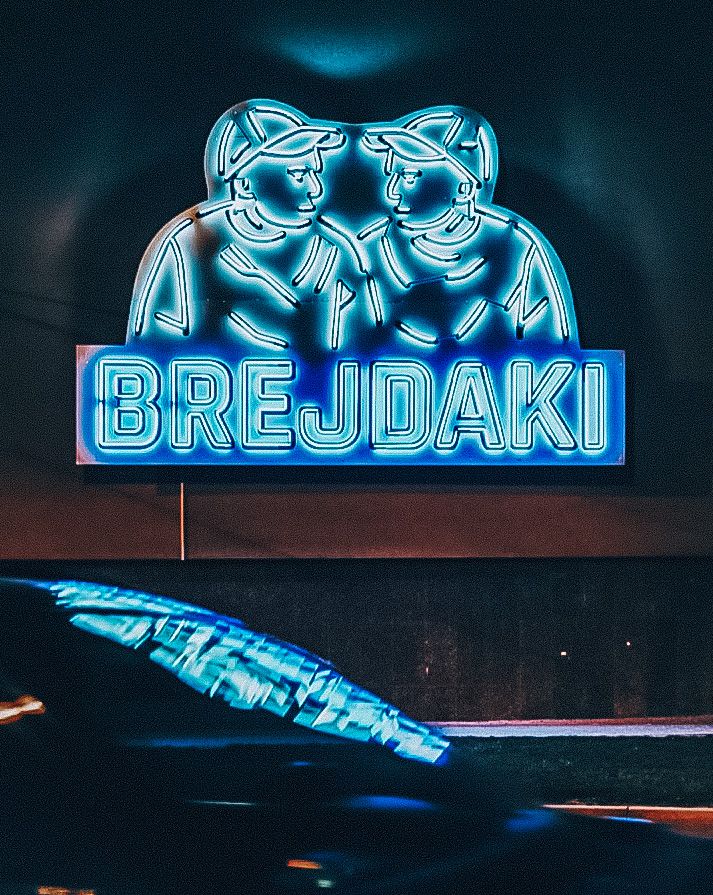
What inspires you in your work? Other illustrators, nature, books, music, etc.?
There are two sources of inspiration for me. The first is observations and emotions. When I create something to satisfy my own desires, needs, and sensibilities. This process has been my top priority for years. It drives me forward, motivates me to get up in the morning because there’s a new thing waiting for me to work on, an unknown and fascinating process in which I can immerse myself, reflect on certain situations, and explore fragments of my life.
The second source is the world in which I collaborate with clients. The topic is determined by the client through a brief or campaign theme. I interpret it and transform it in my own way, but the motivation here is different. There are commitments and deadlines involved. It’s also a fascinating journey because, in collaborative projects, we delve into topics I might not have touched upon or discovered myself. It allows me to confront different worlds, meet new people while staying true to my style and pursuing my own interests and passions. It’s often a very enlightening and perspective-expanding experience.
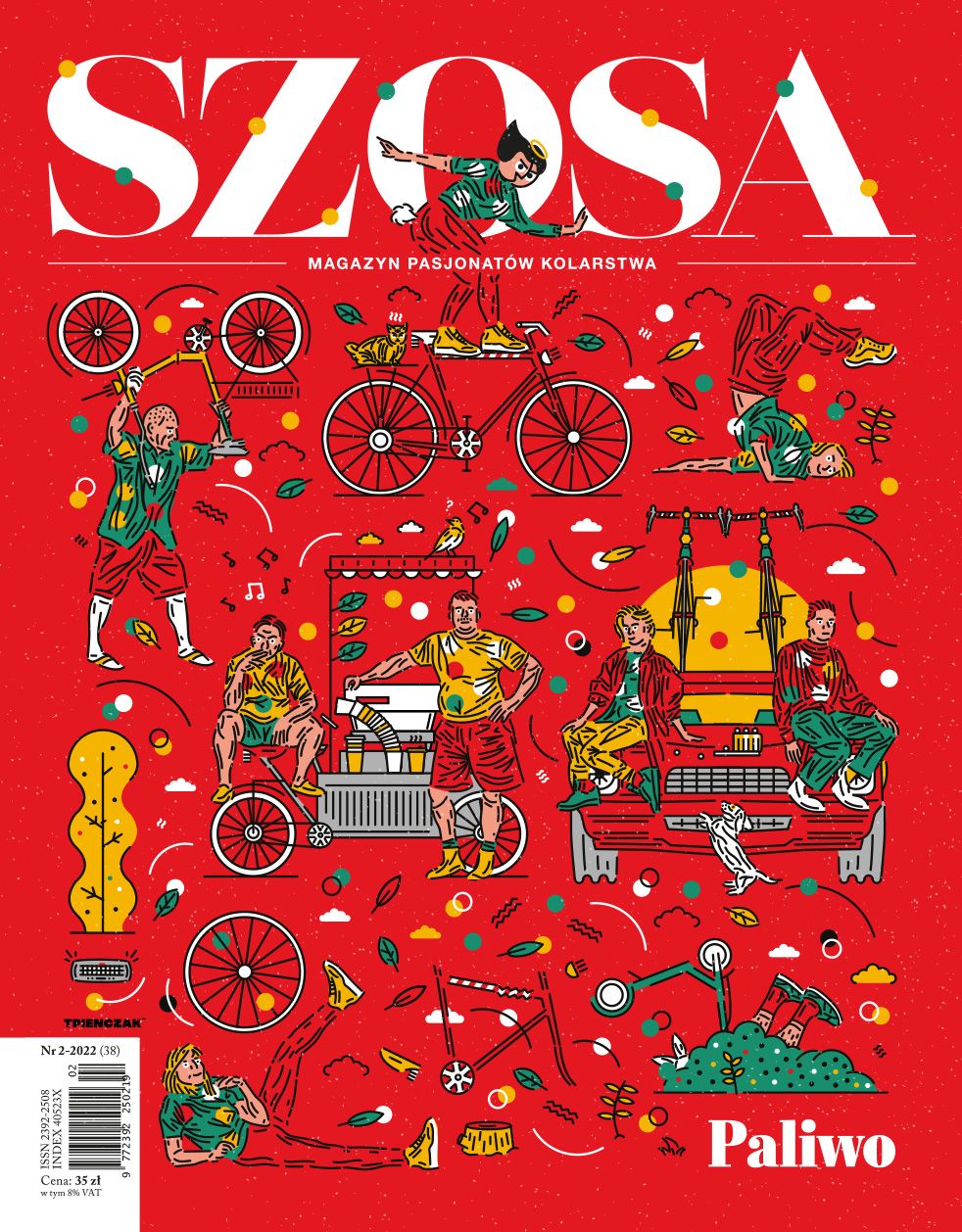
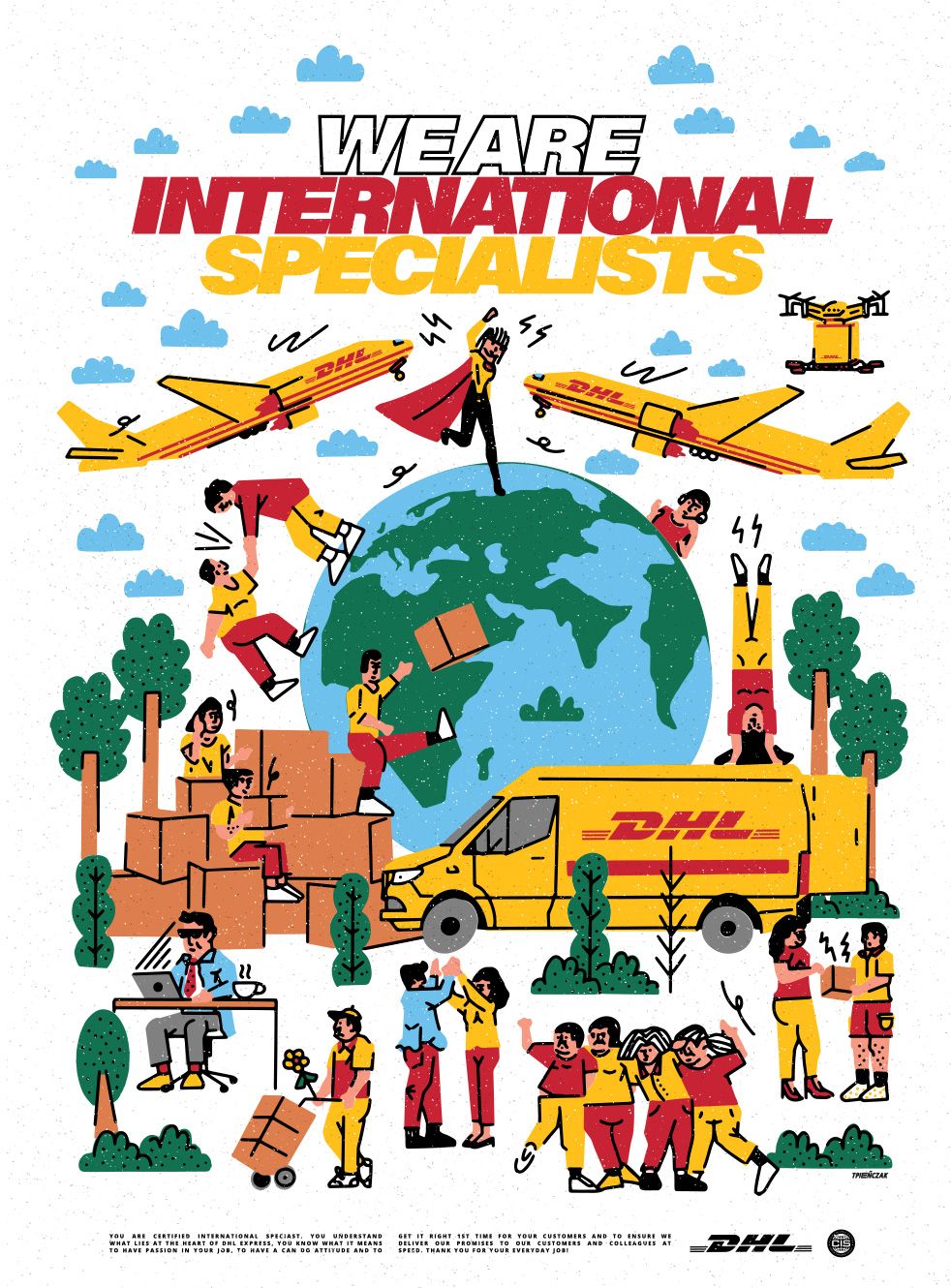
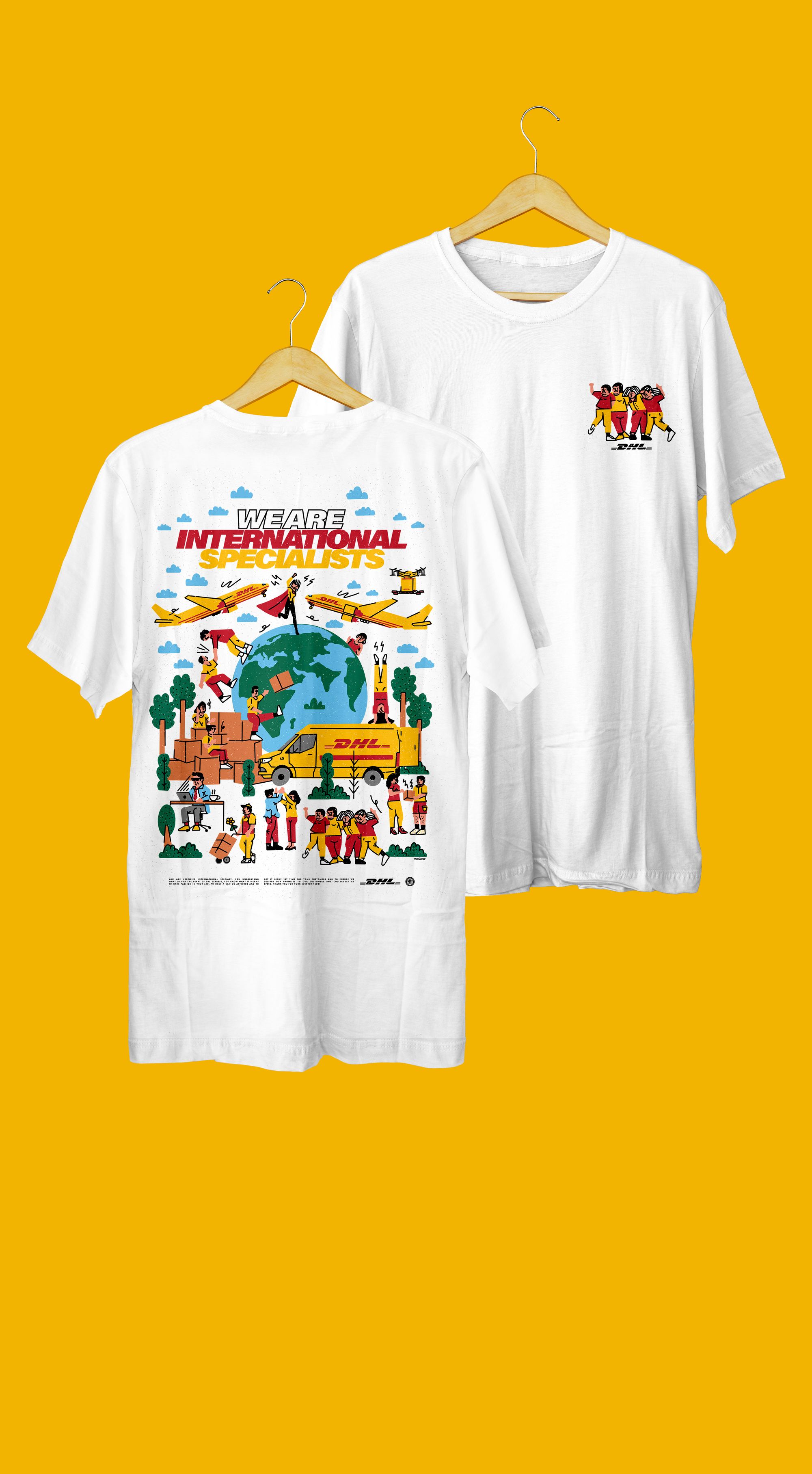
As for inspiration, undoubtedly, travel and the aesthetics of the places I visit, as well as sounds and music, play a significant role. For several years, I have been traveling regularly, exploring numerous cities, and visiting various locations related to visual arts in different ways. Galleries, museums, but also shops, cafes, restaurants, hotels—I pay attention to road signs, posters, campaigns present in cities, graffiti, street art. It’s a direct encounter with something that we can find in albums (if someone has noticed it, photographed it, and published it) or on phone screens and social media. However, there’s a significant difference because these are such unique experiences that cannot be fully felt remotely. You have to be there, grasp the context of a particular place, experience something, and savor the energy and inspiration that flow from it.
Regarding music, it opens up my mind and heart, offers suggestions, makes me want to take action, stimulates thinking about something, evokes memories and associations. Then, I translate it into the form of what I feel, regardless of the medium I use, whether it’s just a sketch or a final piece. The process itself is beautiful and unique, and observing this phenomenon is very interesting.
When it comes to being satisfied with my work, I am grateful for every piece I have created and every challenge I have dreamed of and accomplished, which has given me satisfaction, happiness, and pleasure. I am someone who quickly looks to the future and focuses on what will be, rather than what has been. My greatest success is my lifestyle—a happy life in constant travel, in exotic corners of the earth, with my wife by my side. The fact that I create what I want and how I want it and that it provides value to others. And that it is appreciated. The fact that I can think, live, and pursue a passion that brings me immense satisfaction. I have never complained about a lack of projects, and clients have approached me on their own. When I started illustrating, I made a list of clients from different worlds that I wanted to reach. And that list came true! That’s exactly what I aimed for. That’s why I’m preparing a new list for entirely new things.
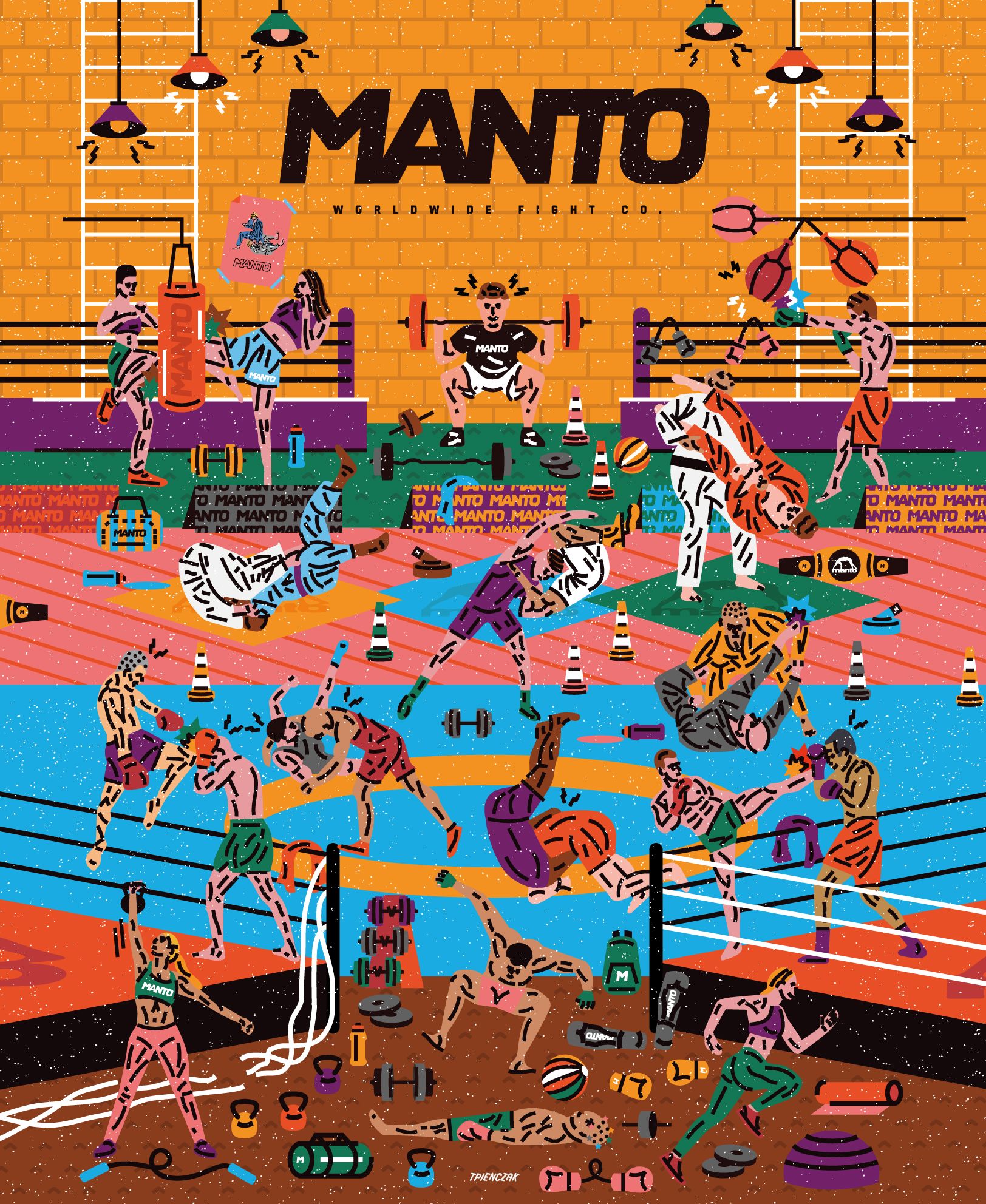
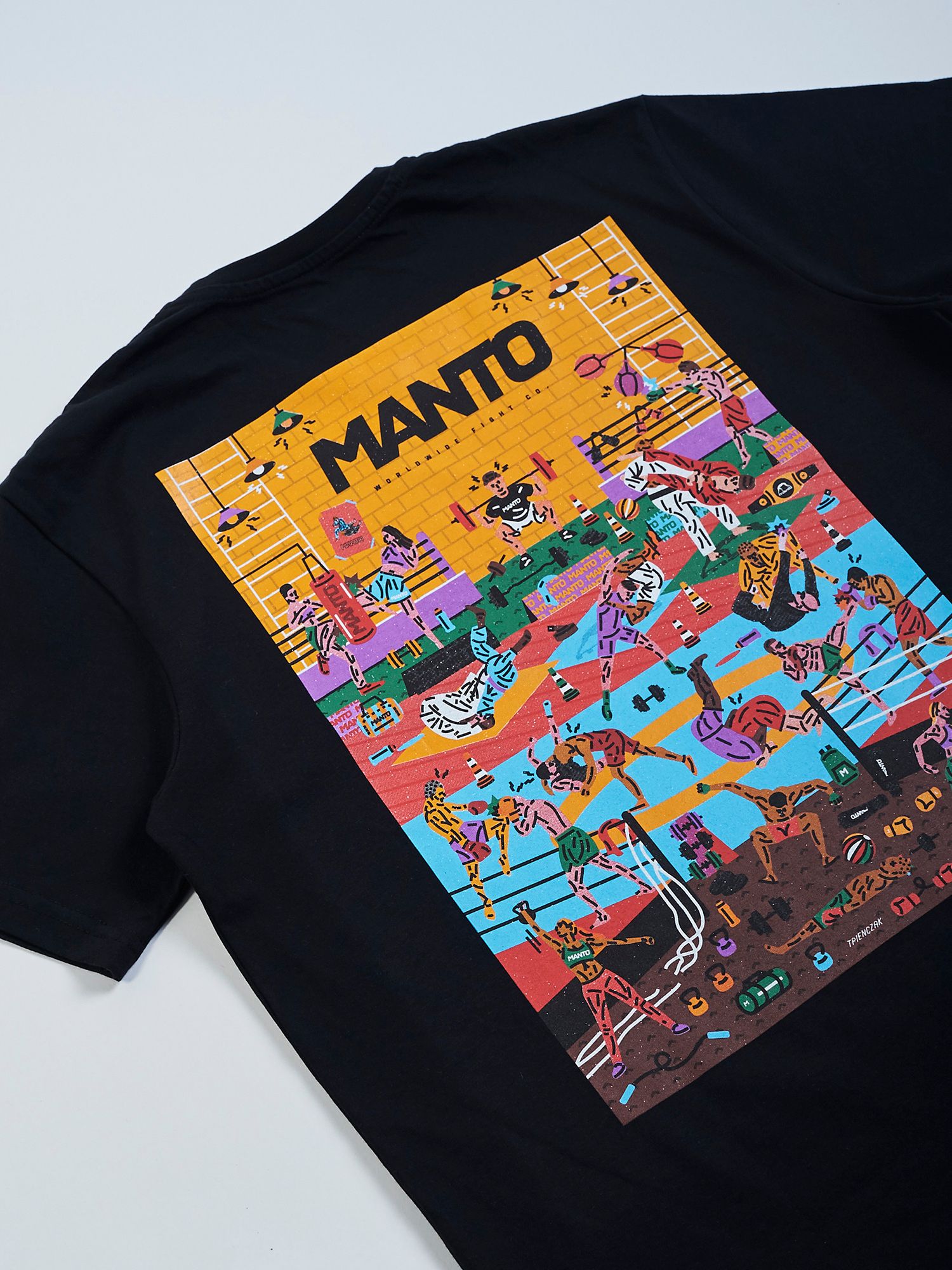
Many of your works are related to coffee. Can you recommend some of your favorite places in Warsaw?
I enjoy places where our ‘Coffee Dealer’ coffee is sold—for example: Coffee Desk, Relax Cafe, and Sady Cafe. Currently, due to living in different parts of the world for the past few years, my favorite coffee shops are scattered between Barcelona (Satan’s Coffee Corner, Nomad, La Perfumeria), Bali (Suka Espresso, Keliki, Expat Roasters, Seniman Coffee Studio), and the Canary Islands where I currently live.
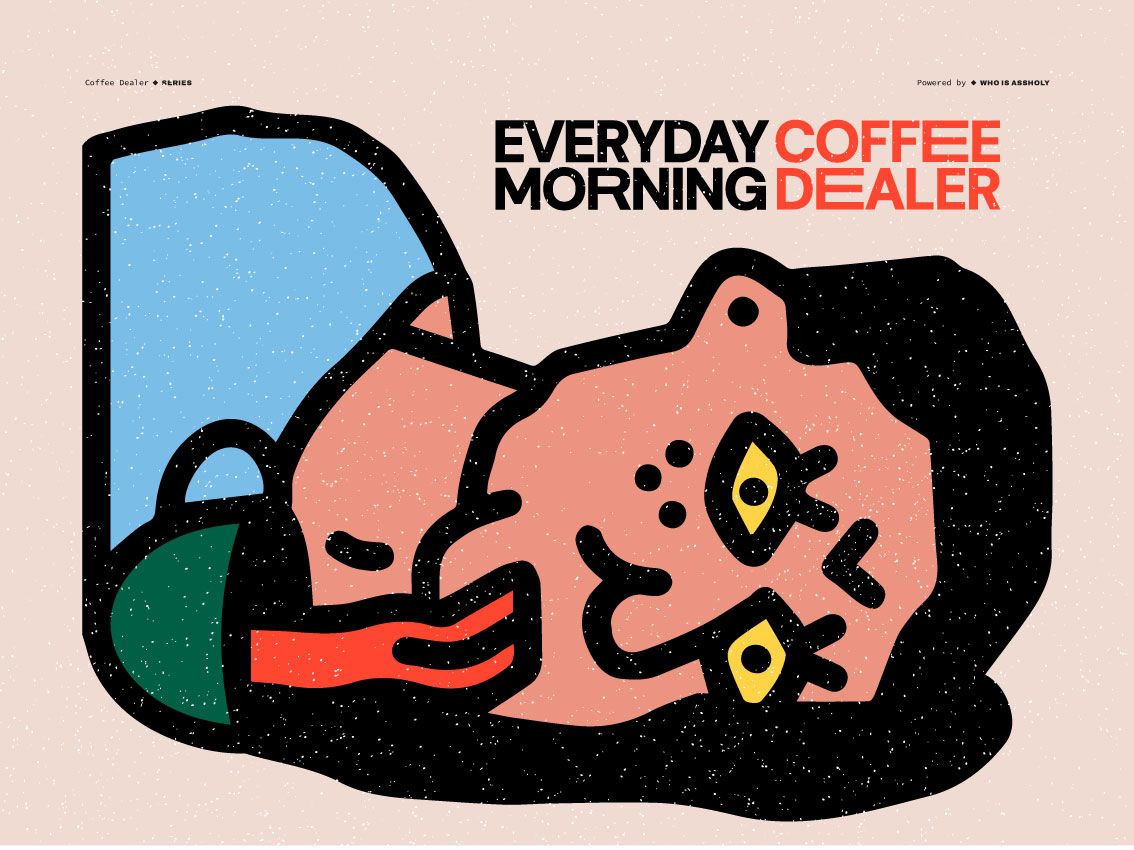
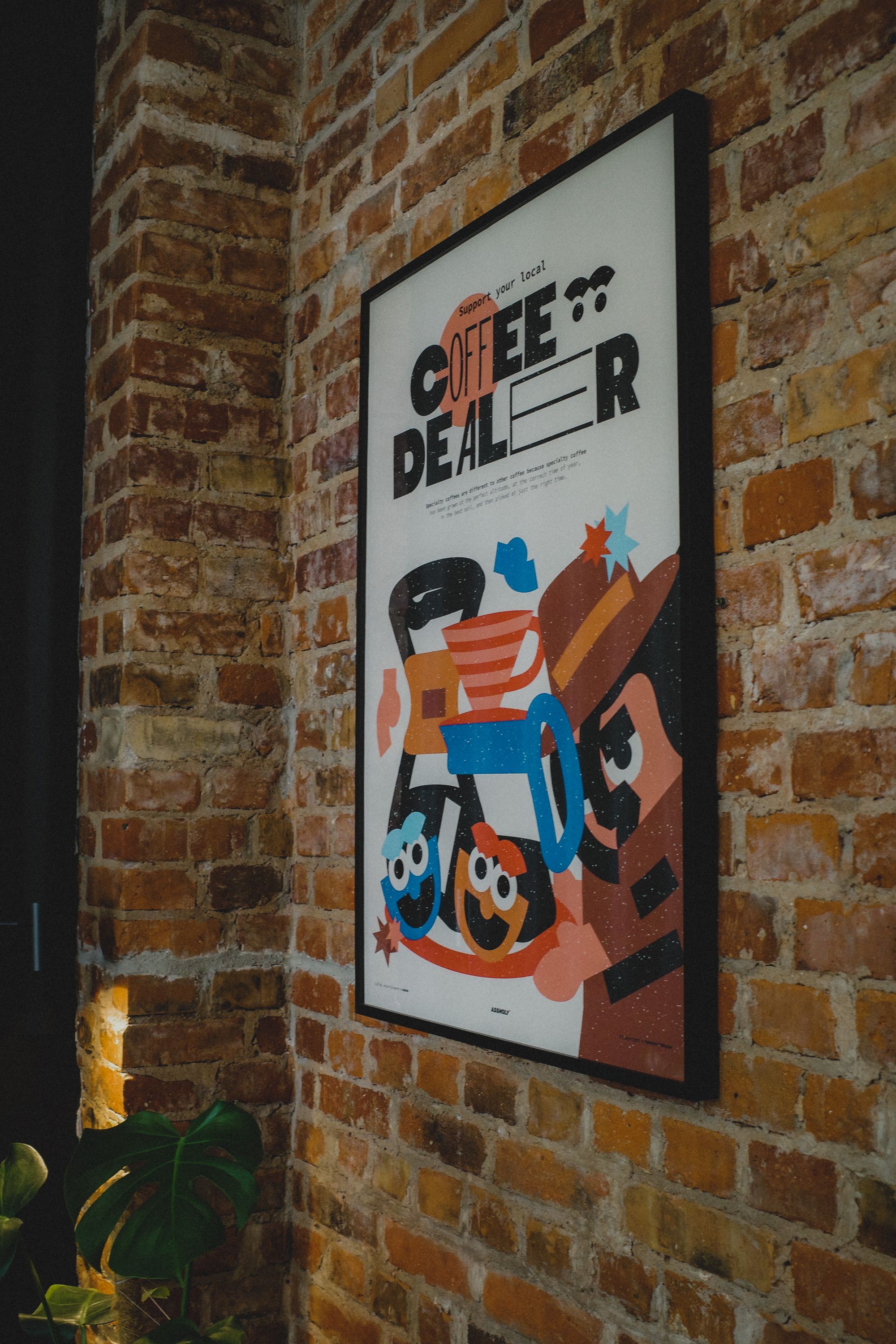
Do illustrators have social responsibility? (If yes, what is it?)
I find it difficult to speak on behalf of the entire group or community. Personally, I have turned down several projects that were associated with situations I do not support. Observing what is happening in the field of illustration and advertising, I believe that illustrators collaborating with brands become influencers and give their approval and image to endorse brands and their products. Having been active in the market for many years, I have noticed that there are people who blindly buy products bearing my name and illustrations. Therefore, before each collaboration, I consider whether I endorse the brand and if the product is of such quality that I can confidently recommend it to people.
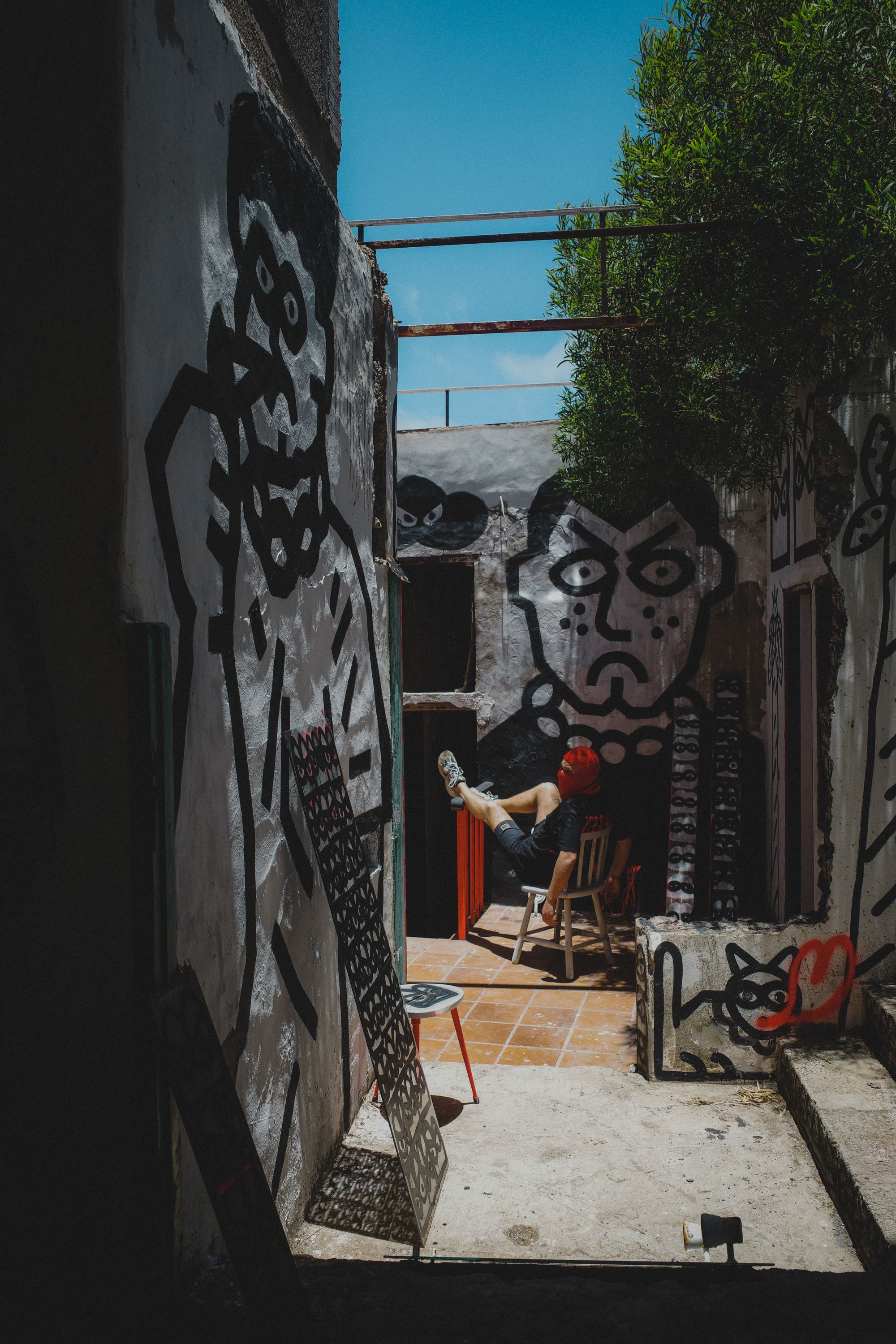
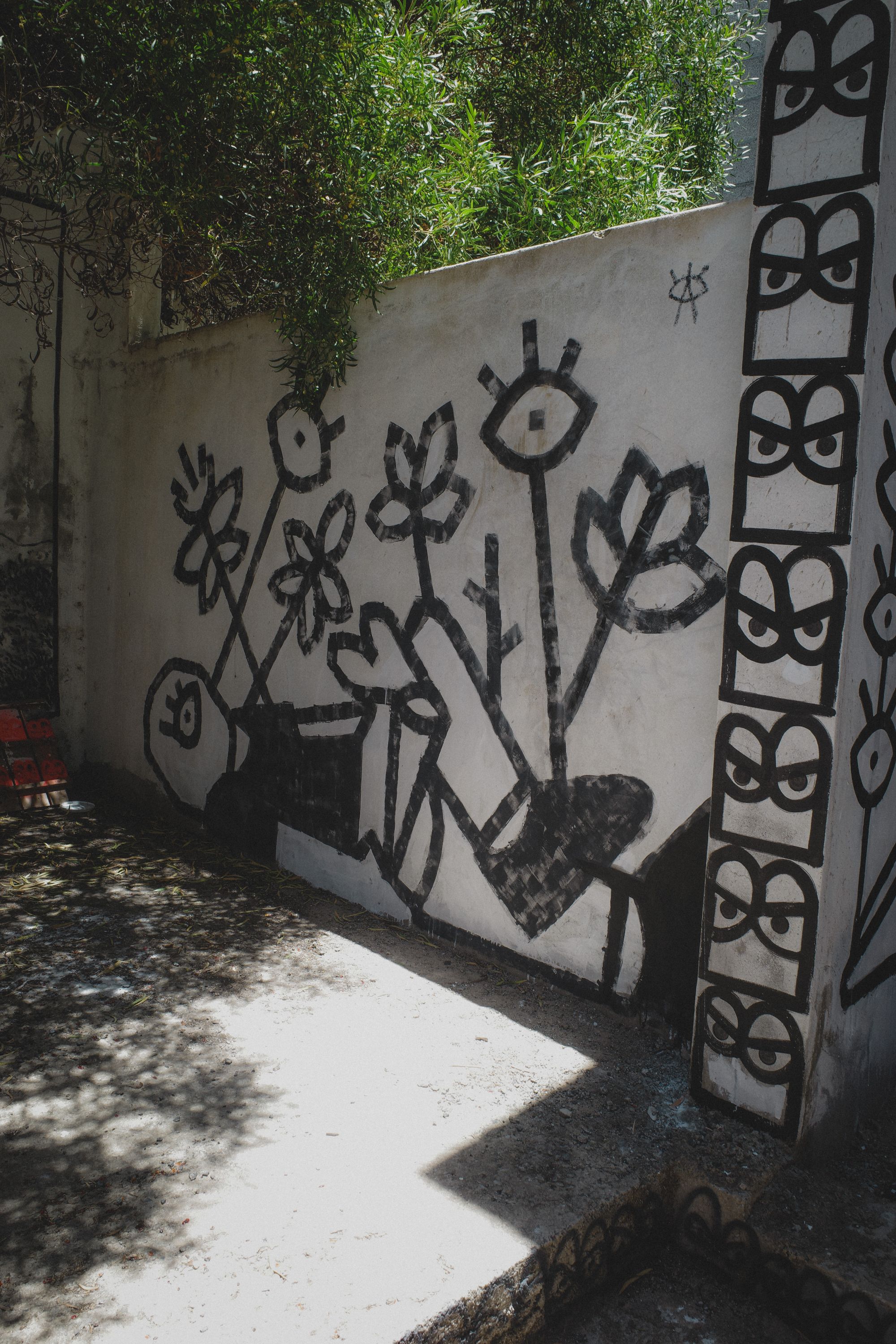

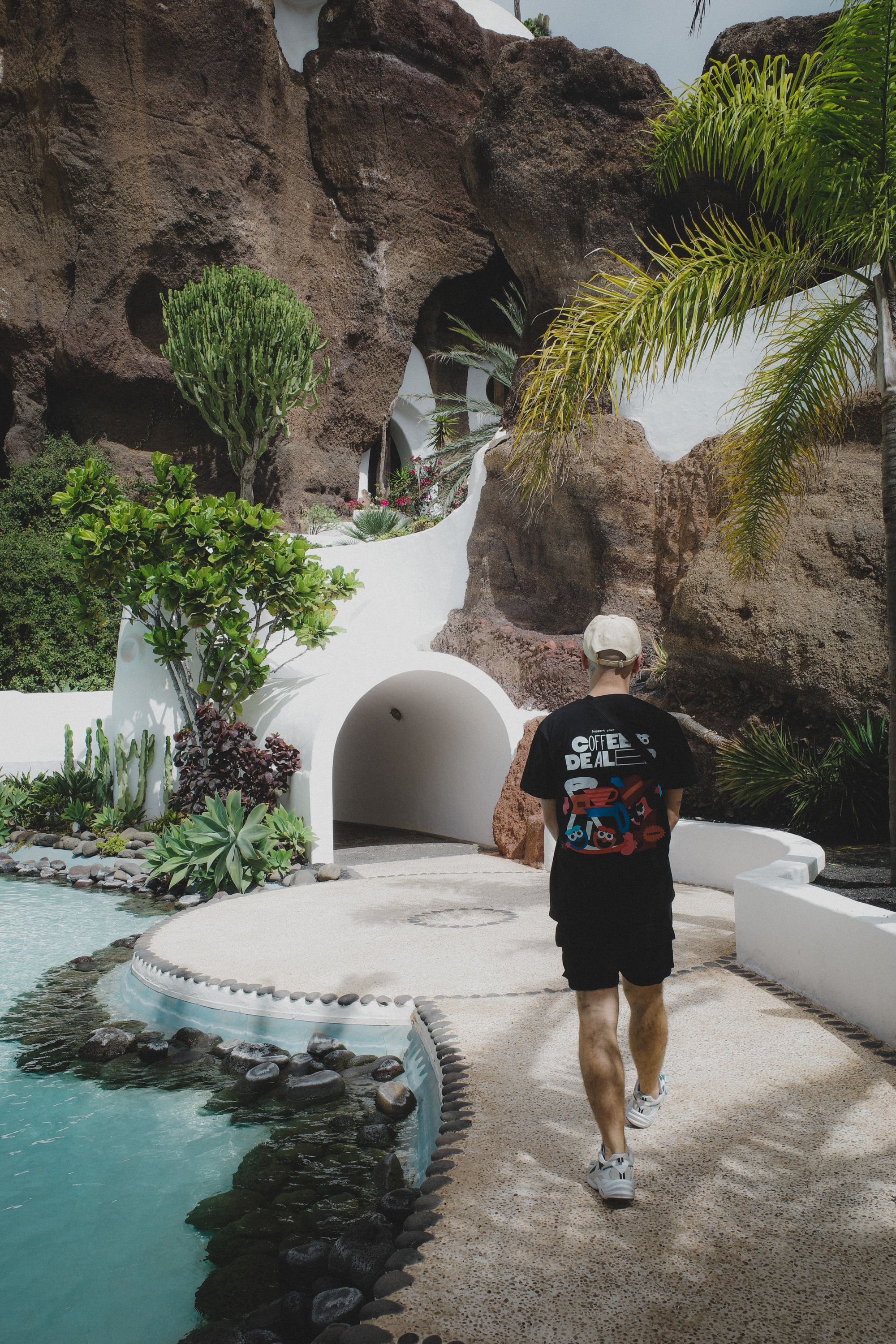

How do you see the future of graphics and illustrations?
I am following the market less and less, missing some spark and not focusing my attention there. I don’t think ahead, so I don’t dedicate time to analysis, I don’t engage in the industry, and I don’t attend events because I live in my own world, somewhere far away. I used to feel overwhelmed by others blowing up the same problems and collectively complaining about things that don’t work. It doesn’t change anything. I have always approached my work individually. When I heard that others had problems with client X, I was able to communicate with them effectively. Making a mistake once, I wouldn’t make it again—it was a quick and effective lesson.
I am focused on doing things that bring me pleasure and finding solutions that allow me to fulfill my creative dreams. I create based on how I feel, what I feel, and regardless of the direction in which individual categories may evolve—I will do things my way, as I like them. Everything changes, requires adjustments and reactions, and nothing is permanently fixed, as artificial intelligence demonstrates, which, in my opinion, will energize the advertising market. I believe that even in times of rapid technological development, art and illustration based on human emotions, originating from living artists, will endure.
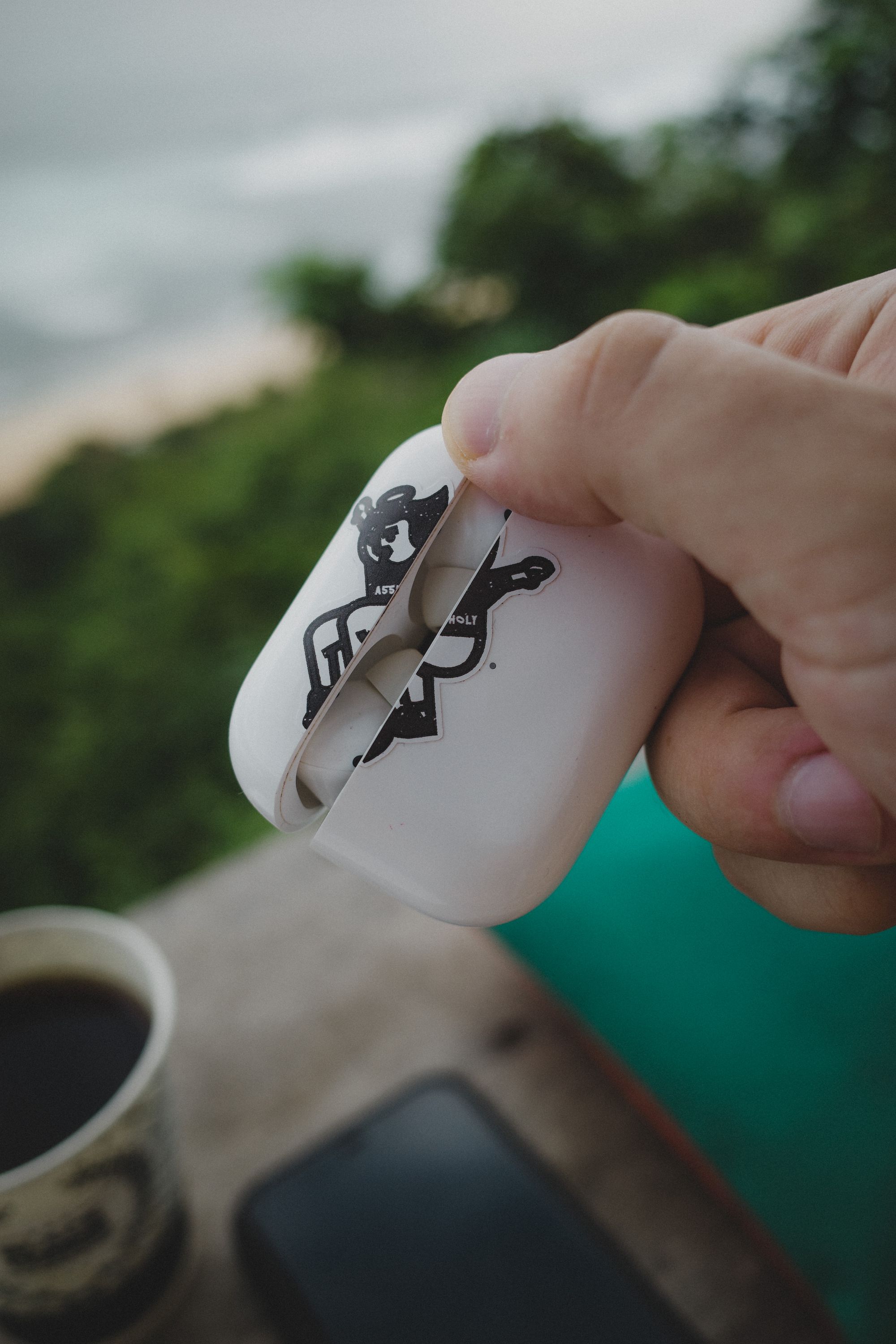
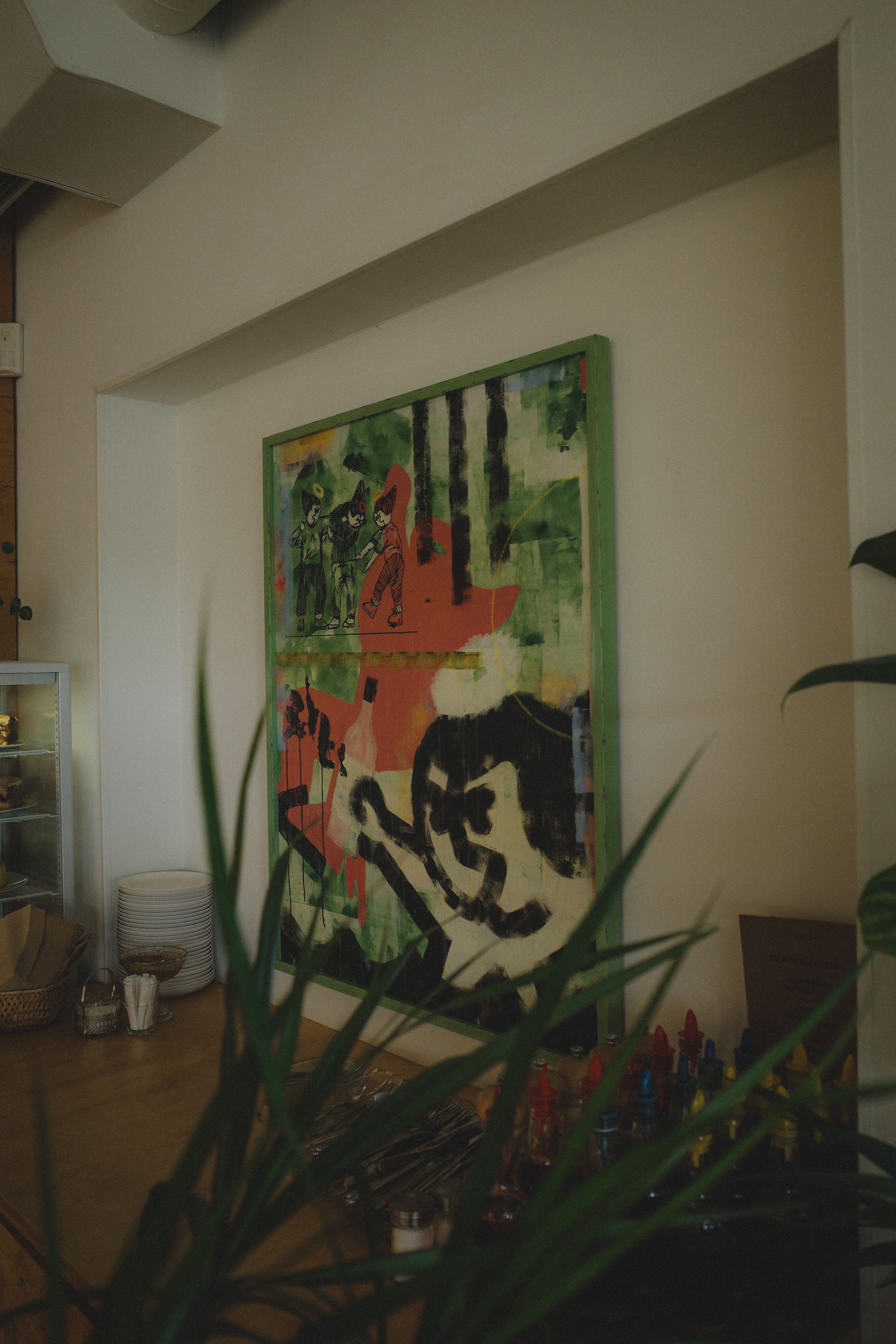
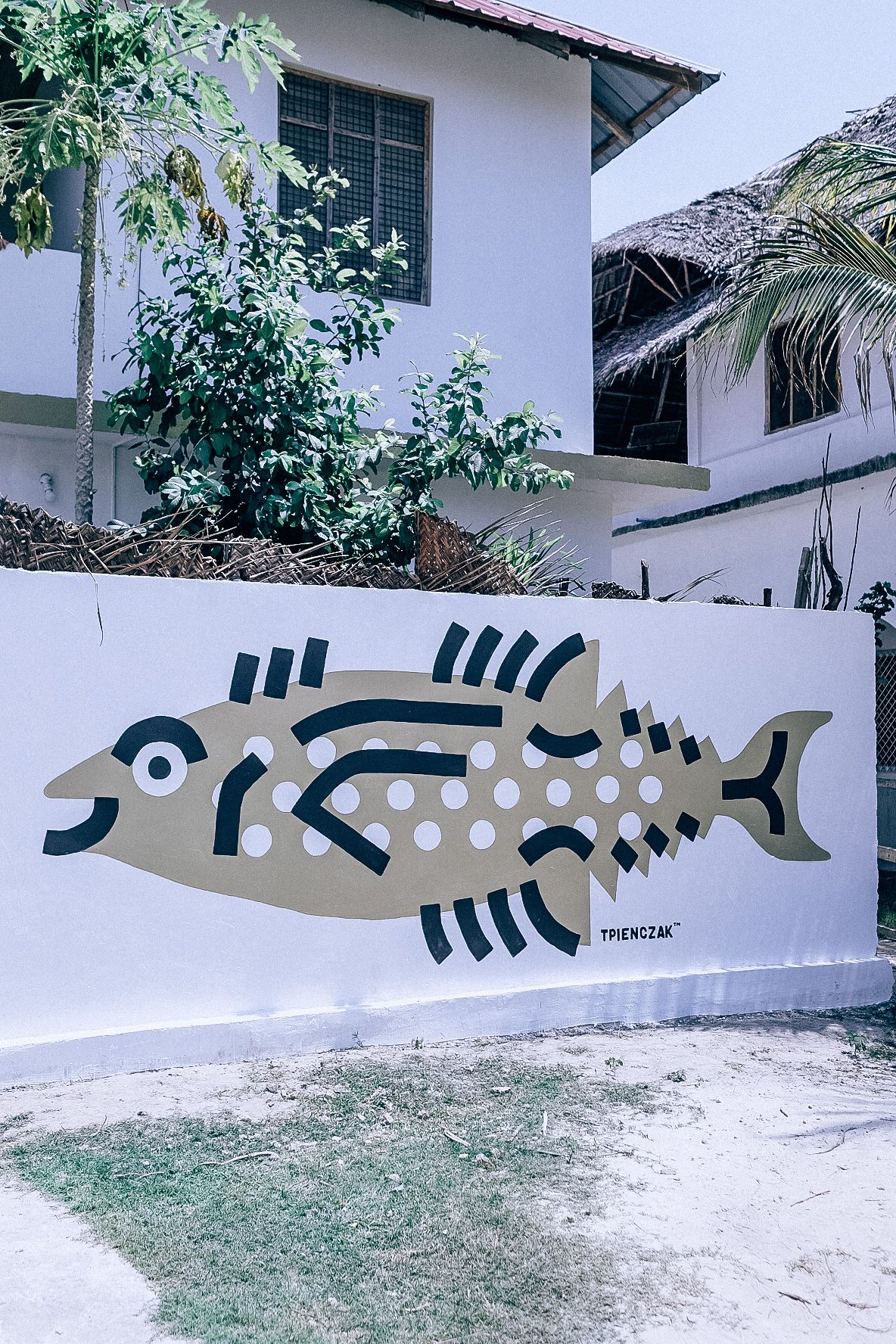
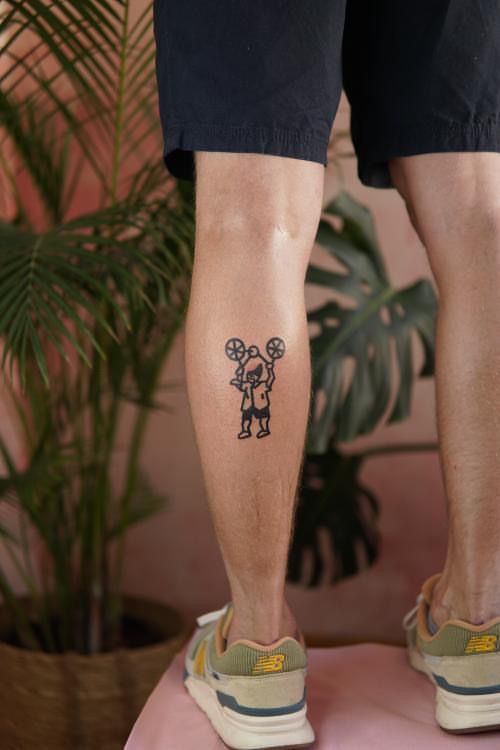
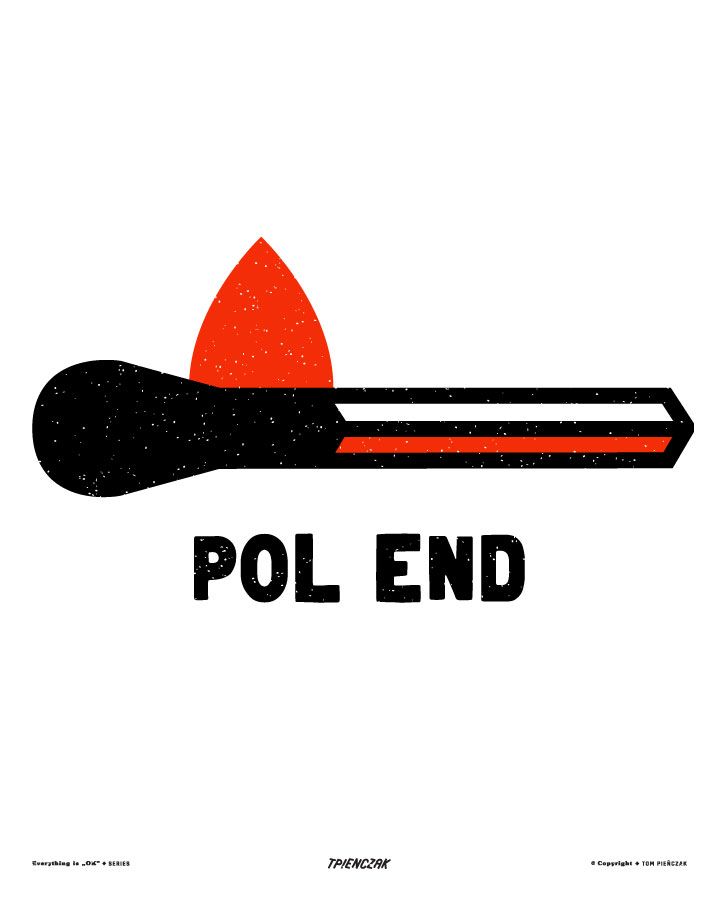

Hungary’s first immersive digital art exhibition space opens
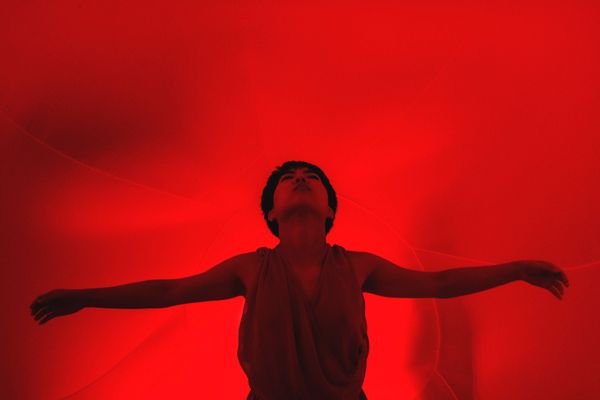
“My job is to create atmospheres”—Interview with lighting designer Amanda Szabó
